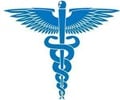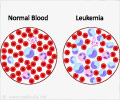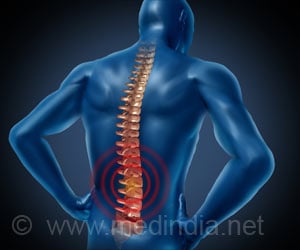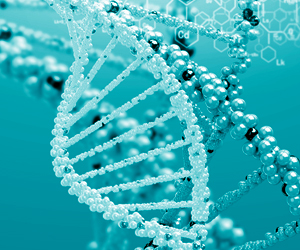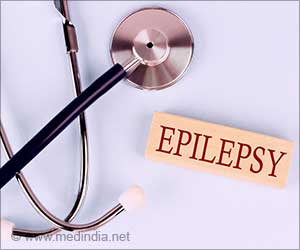
Treatments to repair the human retina following degenerative diseases remain a challenge for medical science. Unlike species of lower vertebrates the human retina lacks a regenerative pathway meaning that research has focused on cell transplantation.
"The retina is the light sensitive tissue surrounding the inner surface of the eye. Its outer layer is made up of rods and cone photoreceptor cells which convert light signals," said lead author Douglas Dean from the University of Louisville. "Traditionally transplant studies have focused on mice and other rodents because of the variety of genetic material they represent, however mouse retina tissue is rod dominant, which is significantly different to the human eye."
Dr Dean's team turned their attention to pigs because, as with humans, the swine eye contains a cone dominant central visual streak, making it a closer anatomical and physiological match.
"Studies into swine models have been hampered in the past," said Dean, "because the induced pluripotent stem cells (iPSCs) needed for such transplants have not been isolated from pigs, while their compatibility with a host's photoreceptor cells had not been demonstrated."
Dr Dean's team gathered iPSCs from swine skin fibroblasts and demonstrated that these cells differentiated in culture and could be integrated with the cells of a second pig's retina.
Advertisement
Advertisement

